By: John Bormolini
To make sure every trip out on the water this summer is trouble-free, there are some essential checks you should make well before you leave home.
A day out on the water with family and friends is exciting, but for the unwary or underprepared it could spell trouble, especially if your boat has been sitting idle and unused for long periods or has simply not had regular maintenance.
Experienced skippers know that the worst thing for boats and boat trailers is long periods of inactivity where internal corrosion, drained batteries, rusty bearings and unseen problems lie in wait to ruin your trip out.
RELATED:
Record rise in WA boat sales »
Good preparation prior to any expedition out, is crucial. It’s not just to avoid any frustrations but more importantly to ensure your safety is not compromised, especially if something fails when you’re out on the water, turning a great day into disaster.
A set routine with a detailed checklist is a good way of not forgetting anything. Vital in this process is not to ignore things that seem unimportant and to check firsthand that all is in order. It’s amazing the things that can be discovered at the last minute that can save a major problem.
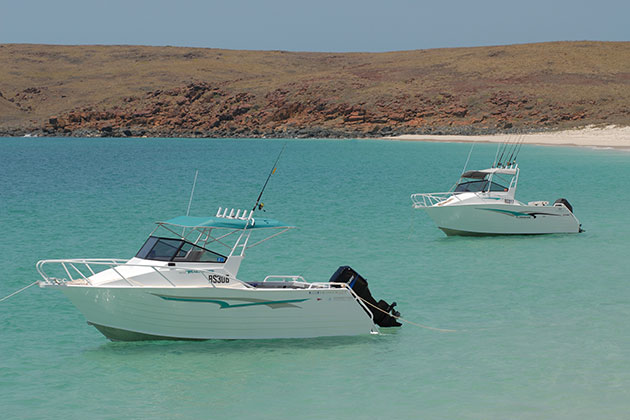
Boat trailer
Start with the trailer and then work your way through from there. If the trailer has a problem, you run a big risk of not even getting your boat on the water. Arguably the number one problem is the boat trailer wheel bearings. These need to be physically checked no less than once a year, even if replaced or repacked a year or two before.
Jack the trailer and gently spin the wheels. Check to see if they don’t spin freely or if there are any rasping sounds. Also check for play in the bearings with some sideways pressure on the wheel. This should highlight whether there are potential problems.
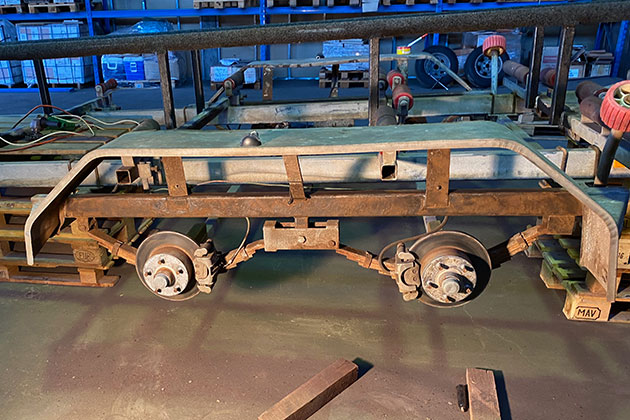
At the same time check the tyres for uneven wear, and that they’re inflated correctly. Check the spare (a common oversight) and for longer trips consider taking a spare hub with pre-packed bearings already pressed in.
Always check the trailer lights before taking off. LED light kits on trailers are far more reliable than the old conventional globes from yesteryear but they, and the vehicle plug itself, can be an issue. Don’t ignore it – correctly functioning lights are a safety issue and obviously a legal requirement.
Make doubly sure the boat is hooked up and pinned securely and that the hitch is all in order. And don’t go anywhere without a tie down across the hull, attaching the boat securely to the trailer. Finally, make sure your retrieving system is doing its job properly. If it’s a small hand-winched boat, make sure the handle is where it should be (perhaps the door pocket of the vehicle and not left on the winch itself where it will rattle off) and if it’s a large electric retrieve winch, check that it’s working and lubricate if necessary.
Scanning the trailer is the ideal time for a quick look over the hull too. A good habit to get into before you leave home is to check that the bungs are screwed in. Don’t wait until the ramp where there are lots of other things going on and you may forget.
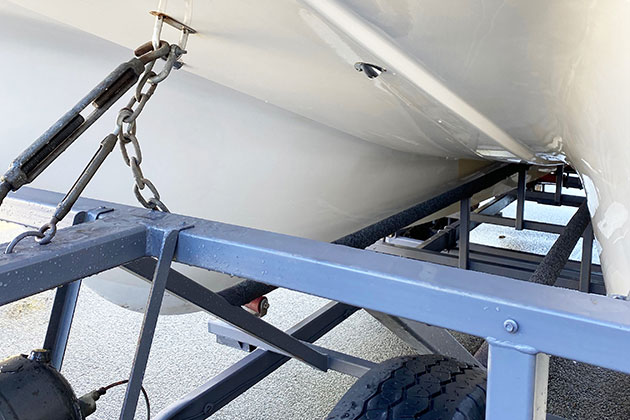
Engine and electrics
If the boat has not been started or run a few times through the winter, another frustrating failure could be flat batteries. There will be occasions on some bigger engines when there is just enough power to tilt the motor but not crank it sufficiently to start.
Having an isolator switch fitted, keeping the battery on a trickle charger in the shed or carrying one of the new powerpack jump starters, are all ways to avoid this embarrassing issue at the boat ramp.
Essentially, it just pays to check that all of the electrics are working properly and, depending on the size of the boat, would probably include bilge pumps, navigation lights, other lighting, radios, electric trim and tilt, fuel gauges and the key switches. Corrosive marine environments play havoc with electrical connections and switches on boats, and they do need careful attention.
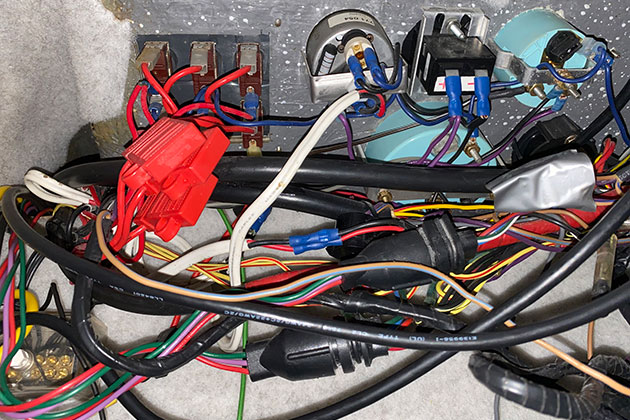
Clearly, a well serviced and maintained engine, including the steering system, will be one of the most critical elements. Engine failure or breakdown can and often does place skippers and their passengers in life-threatening situations, particularly if other safeguards are ignored or not considered seriously enough.
Assuming the engine has been serviced properly and is supposedly in good order, it still pays to check the basics.
Check the oil and external fuel filters for any sign of water or if they need draining. Older two strokes are notorious for not starting due to fuel issues, especially old fuel that can become waxy and block fuel components.
Whatever the planned outing and even if there is a reasonable amount of fuel aboard, it’s always a good idea to freshen the fuel that may have become stale sitting idle in the tank for a long period. Some owners favour using fuel conditioners or additives that can help keep fuel systems functioning properly but at the very least fire up the engines and test run them before venturing out onto the water.
One of the best overall safety tips in boating is to take on a significant amount of extra or reserve fuel. A fifty percent margin is not unreasonable to factor in.
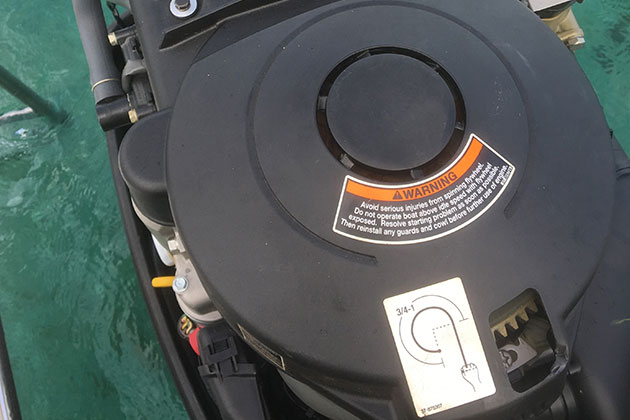
Safety equipment
The whole pre-flight mechanical checklist is of course vital, but it is the extensive list of safety rules and requirements that we need to refresh and remind ourselves of, particularly as they get updated. Last year there was a major review of boating safety requirements in WA with 23 new proposed changes to safety equipment requirements.
The key change will be the introduction of two sets of safety equipment requirements for what will be known as a registrable vessel and a non-registrable vessel.
A registrable vessel is any recreational marine craft registered with the Department of Transport, including sailboats. Vessels not required to be registered with the department such as sailboards, kiteboards, non-motorised paddle craft, tenders and sailing dinghies are in non-registrable category.
Out of that will come some notable adjustments and a strengthening of the mandated rules on having to carry and in some instances wear lifejackets. The use of GPS enabled emergency position beacons will also change slightly and be required on all recreational vessels operating more than 400 metres from shore in unprotected waters.
Another safety improvement will be the distance offshore at which registrable vessels are required to carry an approved radio. This will be reduced to four nautical miles and the less reliable 27 MHz marine radio type will be phased out over five years in favour of HF or VHF radios.
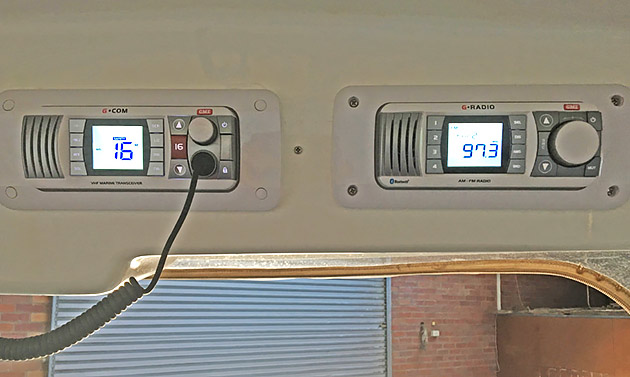
Details of the Recreational Vessel Safety Equipment Review and the changes are available on the Department of Transport (DoT) website.
Right now the skipper of any boat powered by 6 horsepower or more is required to have a current Recreational Skipper’s Ticket. For those completely new to recreational boating, this is essential, so you’ll need to get your ticket with the DoT.
Depending on the type of craft and the distance offshore, there are varying requirements for essential safety equipment such as the correct life jackets, distress beacons and emergency flares.
Distress beacons must be registered along with the correct type of flare and they must all be in date. This is a common oversight at the beginning of a new summer season when skippers fail to check the expiry date. The DoT will immediately turn you away from the ramp if they find this to be the case, or they’ll issue you with an on the spot fine if you’re at sea with these items expired.
This might also be a good time to mention that your boat needs to be registered with the current coloured sticker displayed, so make sure your rego is paid and the sticker is displayed.
Bigger recreational craft that venture out to sea five nautical miles and beyond must also carry a working marine radio, a fire extinguisher, operable bilge pump and effective anchor and ropes to suit the craft.
There are a number of other things that serious, safety-conscious boaties would also never leave port without. A good onboard first aid kit for example and at least one effective long-range torch. Keeping a selection of useable, fit for purpose tools in a dedicated onboard kit could prove to be very valuable one day and a variety of additional ropes and mooring lines with two anchor styles – a sand anchor and a reef anchor, makes good sense. Also, no matter how short the trip, always take plenty of extra water in case of emergency.
Safety on the water, as on the road, shouldn’t be treated lightly. It’s an environment where the conditions can change quickly, and people and their craft can be caught out, so good preparation should never be a chore or something to avoid. Recreational boating is such a fabulous pastime but always so much more enjoyable when trouble free.
Whichever way you use your boat, whether it’s fishing on the Swan River or a family trip to Rottnest, RAC Insurance is with you to ensure peace of mind both on and off the water. Get a quote now.
This product is issued by RAC Insurance Pty Ltd. Benefits are subject to policy conditions and PED Guide. Before you make a decision, please check the PDS and TMD to see if the policy is right for you. Limits and exclusions apply.
Last updated: January 2022
